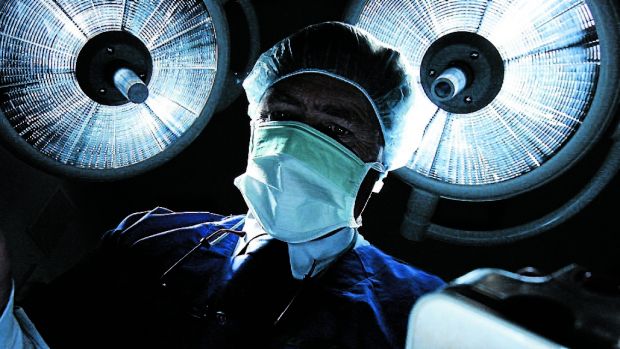
Do you often find yourself thirsty? Tired? Any darkened spots on your skin, or a bruise that just won’t seem to go away?
You may have diabetes and not know it.
Up to 500,000 Australians have undiagnosed type 2 diabetes. Another two million are on the cusp of developing the potentially deadly disease. One in three of those at risk will develop the disease over the next 10 years unless they take action.
The number of people around the world with diabetes has quadrupled since 1980 from 108 million to 422 million in 2014, according to a new study published in the UK medical journal, The Lancet.
The study found that diabetes has become more common among men than women.
The ageing population helps explain the increase in western countries. But the incidence of diabetes has risen significantly in low and middle income countries including China, India, Indonesia, Pakistan, Egypt and Mexico.

Professor Majid Ezzati, from Imperial College London, a senior author of the study, said diabetes had become a “defining issue for global public health”.
“Obesity is the most important risk factor for type 2 diabetes and our attempts to control rising rates of obesity have so far not proved successful.”
Stephen Colagiuri, Professor of Metabolic Health and director of The University of Sydney’s Boden Institute, says about 1.2 million Australians have diabetes which has been diagnosed – 10 per cent with type 1 diabetes and 90 per cent with type 2. He said 500,000 people are undiagnosed and another two million are at high risk of developing the disease.
Apart from obesity, other risk factors include having a family history of diabetes, or having had short-term diabetes such as during pregnancy.
Professor Colagiuri, is also co-director of the World Health Organisation Collaborating Centre on Physical Activity, Nutrition and Obesity, which also released new data on Thursday showing that in some regions only 40 per cent of countries have ready access to insulin.
The first WHO global report on diabetes shows in 2012 alone, diabetes caused 1.5 million deaths and its complications can lead to heart attack, stroke, blindness, kidney failure and lower limb amputation.
The rate of diabetes among indigenous people is three times higher than among non-indigenous people. The rate of kidney disease is up to 10 times higher.
Professor Colagiuri was part of a team that provided advice on the development of a national diabetes strategy released in November and which the federal government is in charge of implementing.
“The diabetes community has not been included in the implementation group and we would like to be involved,” he said.
Among strategies supported by Professor Colagiuri are the need for legislation, regulation and potentially a tax on sugar. He said there was a need to curb advertising and sport sponsorship by unhealthy products.
“I think we should also make front-of-packet food labelling mandatory instead of voluntary,” he said.
“Globally, more people die of diabetes-related conditions each year than HIV, tuberculosis and malaria and we don’t put in the same sort of effort to control it.
“There seems to be a mental block with taking action to preventing preventable diabetes deaths.”
Sturt Eastwood, chief executive officer of Diabetes NSW, said families need to learn how to “read the signs” of diabetes in themselves and in loved ones.
He said being tired or frequently thirsty were among signs of diabetes. Darkened skin spots or bruises that failed to heal were also among signs of the disease which can put people at risk of “developing lifelong health issues” if left undiagnosed.
Mr Eastwood said diabetes kills more Australians than breast cancer and brain cancer combined in any one year, costing the health system $14.6 billion a year.
“[T]hat will blow out to $30 billion by 2025 if we don’t start reading the signs, and stopping it,” he said.
